The Netherlands is famous for many things — canal-side charm, unbeatable bike lanes, and a quality of life that routinely ranks among the best in the world. For many expats, what starts as a short-term work or study adventure quickly becomes a serious consideration of settling down for the long haul.
Key Takeaways
Introduction: Tulips, Bicycles… and a Long-Term Stay
If you’re looking to trade your temporary status for something more permanent, the Dutch system has a well-structured path to permanent residency. But as with most things in life (especially involving immigration), there’s some red tape involved. The goal here is to cut through the legal lingo and walk you through how to go from a temporary stay to securing your spot as a long-term resident of the Netherlands.
What Is Permanent Residency in the Netherlands?
Permanent residency in the Netherlands allows non-EU/EEA citizens to live and work in the country indefinitely, without being tied to a specific employer or program. It’s a major step up from temporary residence permits, which usually have strict time limits and conditions.
Once granted, permanent residency offers stability. You won’t need to reapply every few years, and you gain more rights in terms of employment, social services, and family sponsorship. You also avoid the anxiety of visa renewal deadlines — always a win.
There are two main types of long-term residence permits in the Netherlands:
- Dutch Permanent Residence Permit – issued by the IND (Immigration and Naturalisation Service) after five uninterrupted years of legal stay.
- EU Long-Term Residence Permit – similar in many ways, but it offers additional mobility within the EU.
Eligibility Requirements: Who Can Apply?
To apply for permanent residency in the Netherlands, you’ll generally need to meet the following core conditions:
- Five years of uninterrupted legal residence in the Netherlands with a valid residence permit.
- A valid residence permit at the time of application (not a tourist visa or expired status).
- Proof of sufficient and stable income to support yourself (and any dependents).
- Demonstrated integration into Dutch society — usually via a civic integration exam.
- No significant criminal record or national security concerns.
Your stay in the Netherlands must have been continuous, meaning you haven’t spent extended periods outside the country during those five years. Short holidays and travel are fine, but the IND takes long absences seriously.
The Civic Integration Exam: A Key Requirement
One of the key requirements for permanent residency is passing the civic integration exam (inburgeringsexamen). This exam assesses your Dutch language skills and basic knowledge of Dutch society. It typically covers:
- Speaking, reading, and listening skills in Dutch (A2 level minimum).
- Understanding of Dutch culture, laws, and daily life.
- A short practical component to test real-life interaction scenarios.
The integration exam is required unless you qualify for an exemption, for example, if you have completed Dutch-language education or meet specific age-related criteria.
The Application Process: Step-by-Step
Once you’re eligible, here’s how to apply for Dutch permanent residency:
Step 1: Gather Your Documents
You’ll need to prepare documents like:
- Your current valid residence permit
- Passport
- Proof of income
- Civic integration certificate
- Proof of continuous legal residence (such as rent agreements, work contracts, etc.)
Step 2: Submit the Application to IND
You can apply online via the IND website or by scheduling an appointment. As of 2025, the application fee for permanent residency is approximately €210.
Step 3: Wait for the IND Decision
Processing typically takes up to 90 days. During this time, IND may request additional documentation if anything is unclear.
Step 4: Receive Your PR Card
If approved, you’ll be issued a residence permit valid for five years, renewable indefinitely as long as you continue meeting the requirements.
Switching from MVV to Permanent Residency
If you entered the Netherlands with an MVV (machtiging tot voorlopig verblijf) — a provisional residence permit required for stays over 90 days — your time on that permit counts toward the five-year requirement, provided you stayed continuously.
People who initially arrived via family reunification, employment, study, or as highly skilled migrants can all transition to PR, as long as they meet the conditions after five years.
EU Long-Term Residence vs. Dutch National PR: What’s the Difference?
Both permits offer similar rights within the Netherlands, but there’s a key distinction:
- The Dutch Permanent Residence Permit is valid within the Netherlands only.
- The EU Long-Term Residence Permit offers the right to live and work in other EU countries under certain conditions (though each country has its own rules for accepting EU long-term residents).
Some applicants choose the EU route for mobility, while others go with the Dutch version if they plan to stay put.
Can You Lose Your Dutch Permanent Residency?
Yes, permanent doesn’t mean “forever no matter what.” You can lose your Dutch PR if:
- You leave the Netherlands (or EU, depending on permit type) for more than 6 consecutive months.
- You commit serious crimes or pose a threat to public safety.
- You commit fraud during the application process.
Keeping your PR status means continuing to meet basic conditions and not disappearing off the grid for extended periods.
What About Dutch Citizenship?
Permanent residency is not the same as citizenship, but it can be a stepping stone to becoming a Dutch national. After five years of continuous stay (or three years in some cases, such as marriage to a Dutch citizen), you may be eligible to apply for naturalisation. Keep in mind that Dutch citizenship typically requires renouncing your original nationality unless you’re from a country that allows dual citizenship under specific agreements.
Final Thoughts
Gaining permanent residency in the Netherlands isn’t exactly a walk in the park (unless that park is filled with paperwork), but it’s a realistic goal for anyone who has built a life there. Whether you arrived as a student, professional, or through family reunification, the path to PR is well-marked — provided you’re patient, integrated, and have your documentation in order.
With permanent residency in hand, you can enjoy everything the Netherlands has to offer — from stroopwafels to stability — without worrying about the next visa renewal.
For more information, go to the official website: https://ind.nl/en/replace-extend-renew-and-change/permanent-residency/permanent-residence-permit





